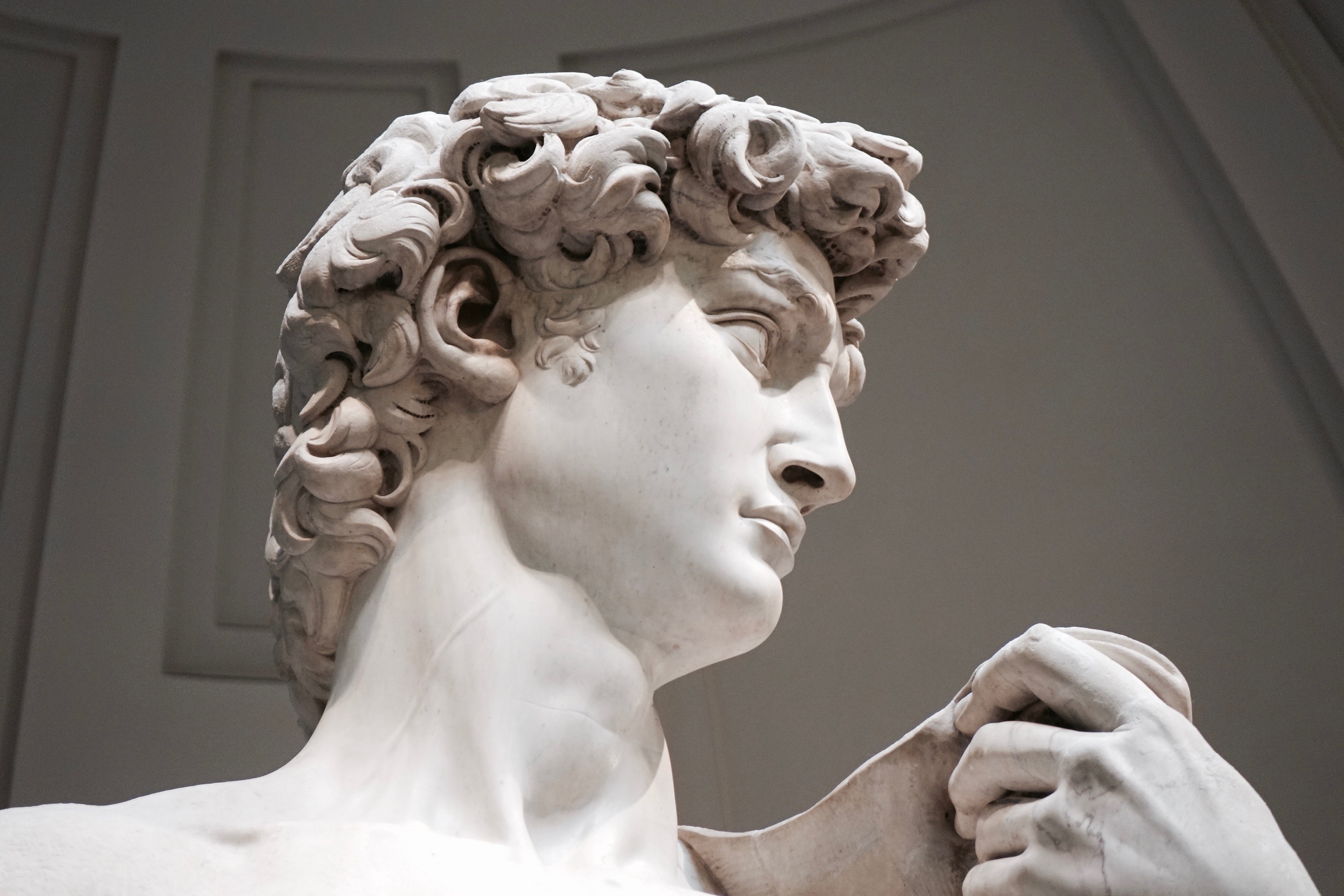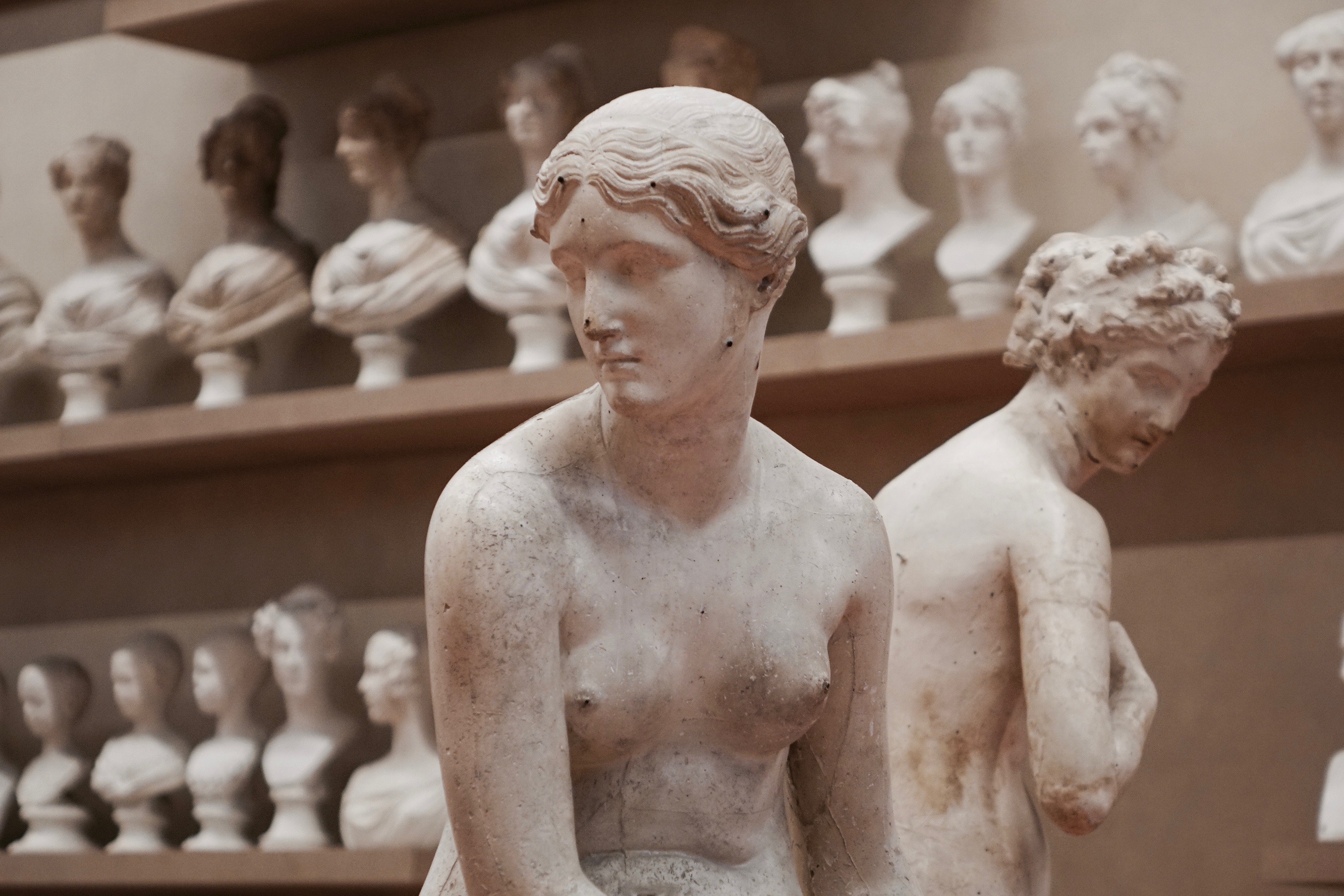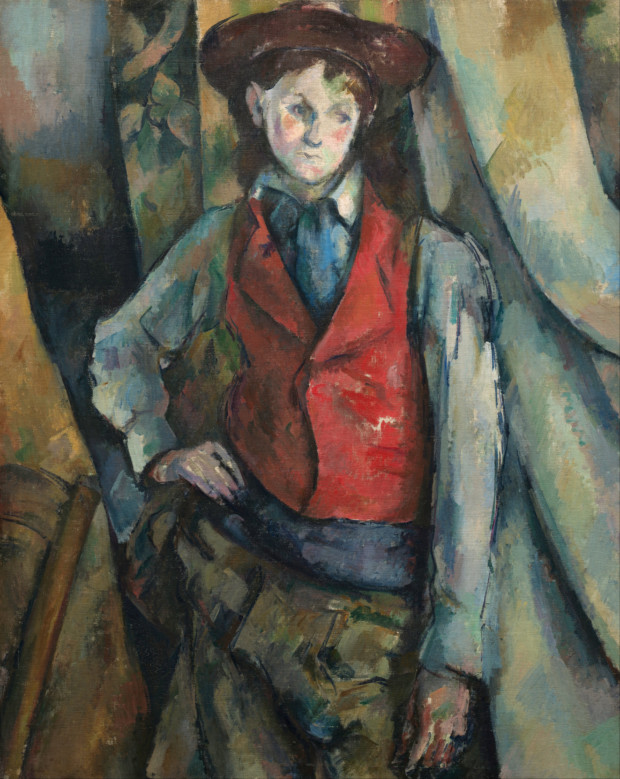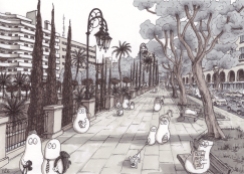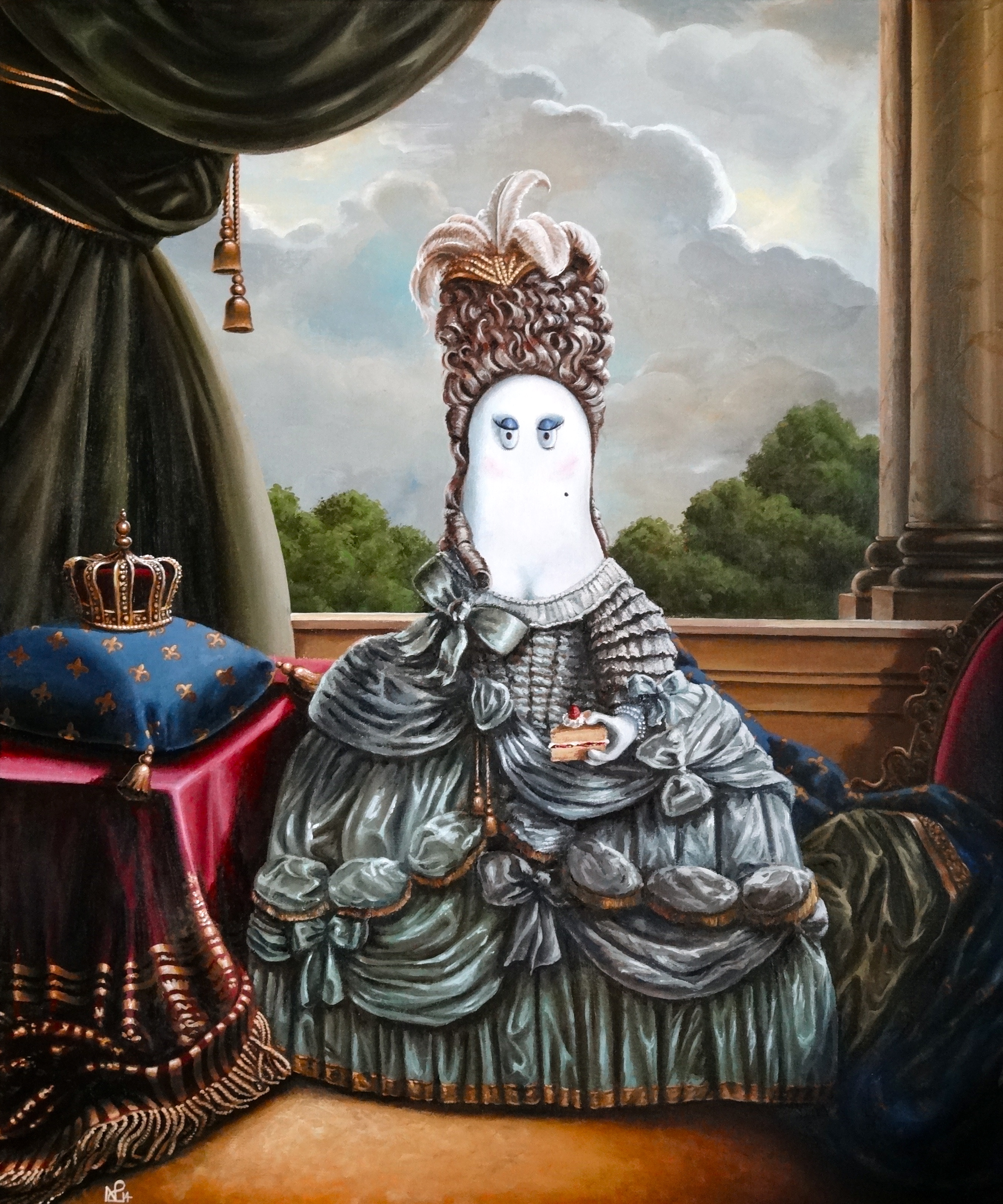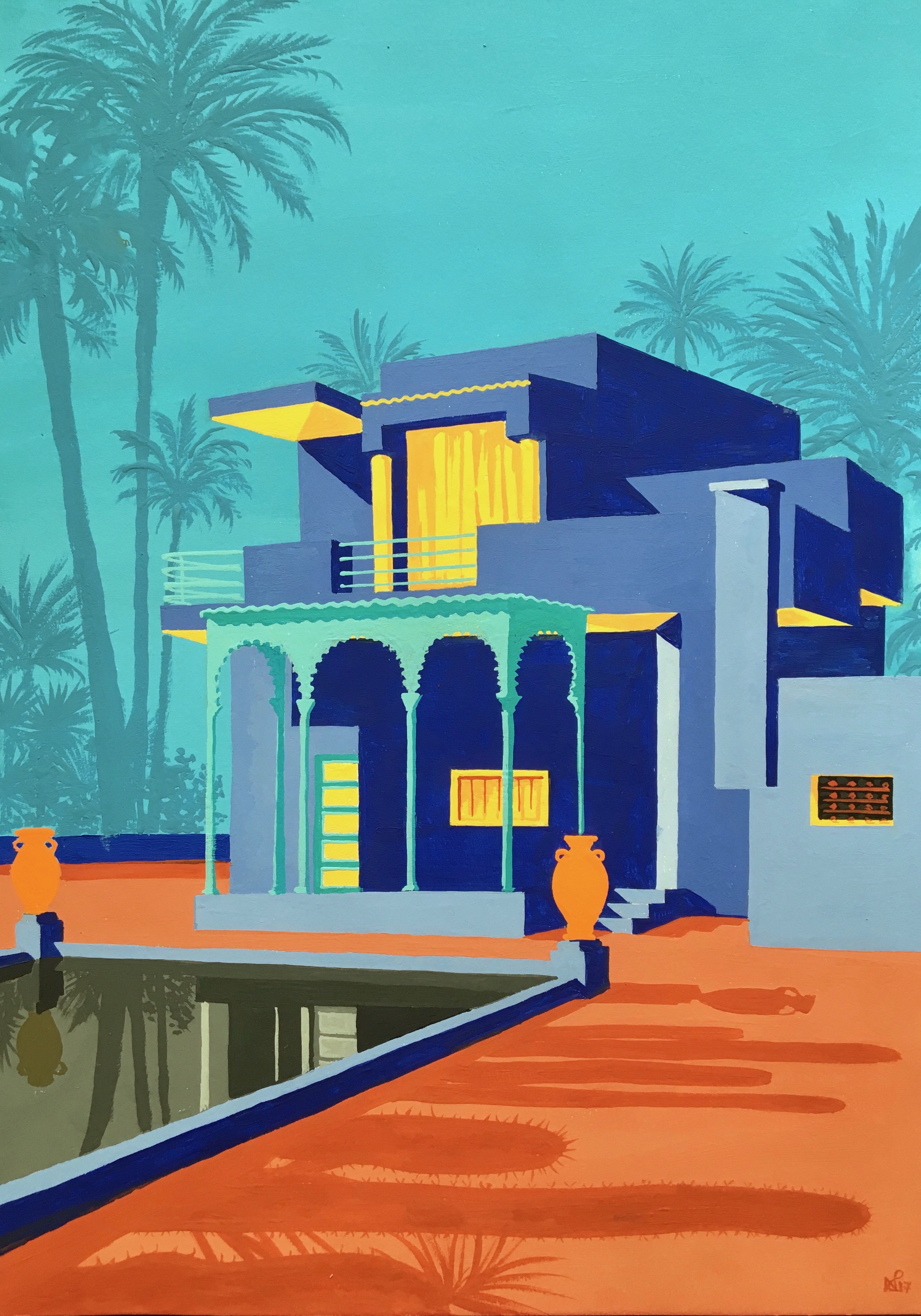Compendium // Rome > Moses, the other great Michelangelo
Michelangelo’s David is one of the most cited, famous and admired sculptures in the history of art. Its image graces tea towels and teapots, erotic aprons and nodding-head dolls. And it’s no wonder. When I revisited the great marble man over Christmas, my emotions raised the nearer I got to the splendid stone musculature. We have been left with few Michelangelo sculptures in a truly finished state. Much of the works of his sculptural oeuvre have only just started emerging from their cacophony of natural stone. But in Rome there is another Michelangelo in the ecstatic state of splendid finesse, which is every bit the equal of David for its brilliance of anatomy, and for the emotions captured in marble. I am not talking of the Vatican’s La Pieta, but Moses, a mere stone’s throw from the Colosseum.




Without a recommendation, you could easily miss San Pietro in Vincoli (St Peter in Chains), the church in central Rome where Moses is held (and which also hosts the chains purported to have held said St Peter in captivity). There, in one corner, the sole direction of the tourist gaze will soon demarcate where Michelangelo’s masterpiece is waiting. Had Moses sat within the mammoth marble tomb structure of Pope Julius II for which he was originally intended, there would have been no missing him. Commissioned by the Pope in 1505, the tomb was designed to hold 40 like-sized sculptures and fill a central apse of the new St Peter’s Basilica. As it was, Michelangelo soon became embroiled in the Pope’s other great commission: the ceiling of the Sistine Chapel, and when his tomb was eventually installed at its current location, Moses took centre stage, his being the only one of the major sculptures for the tomb completed.
Perhaps it was a twist of fate which made things that way. For it would be a crying shame indeed if this truly exquisite statue had been lost in a crowd of 39 others, relegated to a tier some 4 metres of the ground in its intended positioning. Today, by contrast, the relative accessibility of San Pietro in Vincoli means you can get to almost touching distance of the great man, and the effect is ravishing.




How can I describe an encounter with Moses? Emotional for sure, awestruck most certainly. The way in which Michelangelo so adeptly sculpts the flowing beard of Moses, twisted around his fingers in what appears to be both a moment of contemplation and rage at the idolatry of the Israelites who he finds to be worshiping a golden cow upon his descent from Mount Sinai. There is a beautiful, throbbing intensity about his musculature and his domineering presence. This Moses is both godlike to behold, and intimidating to witness.
Above all things he is a true icon of art history, and what is Michelangelo’s perhaps more overlooked masterpiece, available for all to see (for free) in the very centre of Rome.
© Nicholas de Lacy-Brown and The Daily Norm, 2018. Unauthorised use and/or duplication of the material, whether written work, photography or artwork, included within The Daily Norm without express and written permission from The Daily Norm’s author and/or owner is strictly prohibited.

























